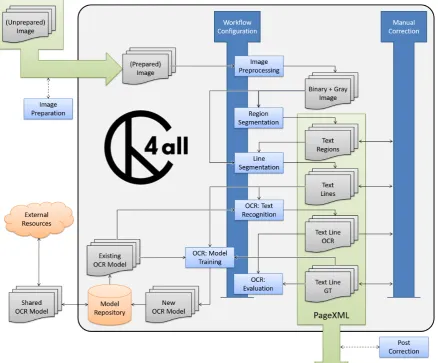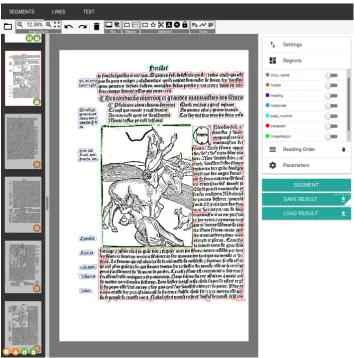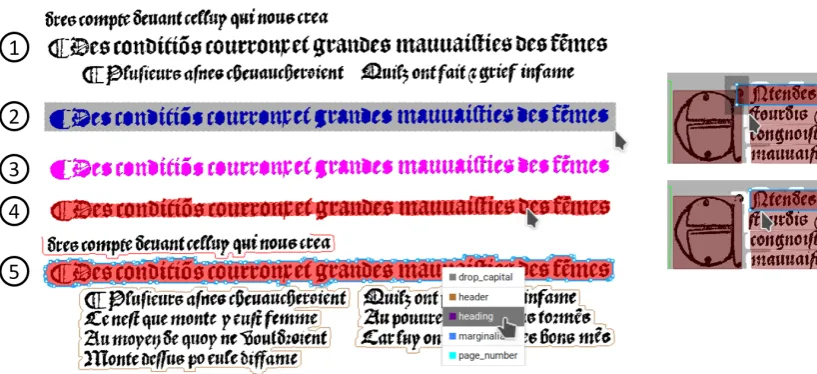OCR4all - An Open-Source Tool Providing a (Semi-)Automatic OCR Workflow for Historical Printings
Full text
Figure




Outline
Related documents
2) Influence of Fluctuations in Foreign Exchange Rates Overseas sales accounted for 67.4% of the consolidated net sales of the Group in fiscal 2013, and it is expected that
Vendors must indicate fixed costs in the categories given, up to the milestone at which the live environments at primary and secondary sites are ready and accepted by the
Ratio of 401(k) assets in 2040 to assets in 2000, for families, by lifetime earnings decile and by Social Security wealth decile--historical rate of equity return and historical
The remaining part of the HOM damper including the ferrite load will be connected head on to the coupling section, at a distance where the accelerating mode power is
The R -games (where R stands for random) omit the boxed assignment statements while the C -games and D -game include them.. with an adversary against EEE. The rest of the games will
Drawing on history, politics, language, literature, contemporary media, music, art, and relationship building with Pacific communities, Pacific Studies and Samoan Studies
homeless adults that is not offset by coverage with health insurance. Crisis driven service access leads to poor health outcomes with higher morbidity and mortality.
Even if subsidies are intended to expand production of the food staples consumed by poor people with inelas- tic demand (and benefi t poor consumers with low deadweight losses),





